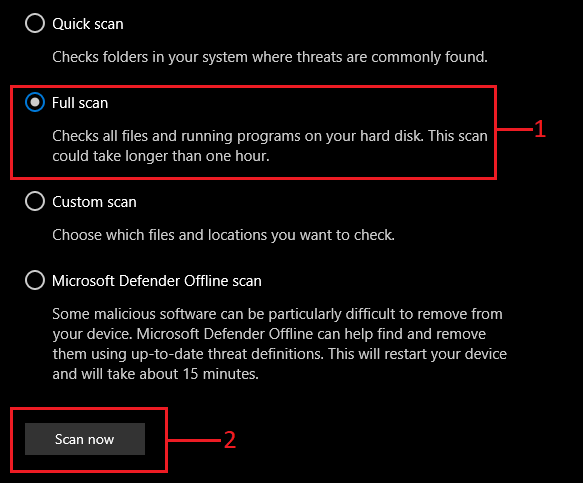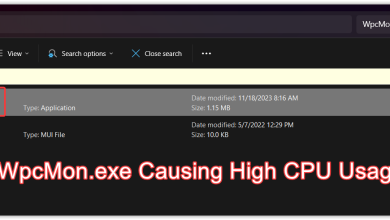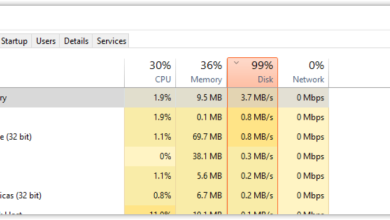How to Fix Icmon.exe High Memory and CPU Usage Issue?
Icmon.exe is a vital component of Sophos Antivirus software, particularly associated with the InterCheck Monitor. It is responsible for overseeing and executing real-time scanning on your system. Icmon.exe plays a pivotal role in ensuring your system’s security by constantly monitoring and performing antivirus scans to identify and mitigate potential threats.

Though Icmon.exe is not integral to your system’s core functions, it plays a significant role in the scanning abilities of Sophos Antivirus. Occasionally, Icmon.exe might consume considerable amounts of CPU or RAM, which could lead to a system slowdown. Such high resource usage could be the result of ongoing antivirus scans, software glitches, conflicts with other applications, or even malware infections.
1. Resource Management
Being aware of active processes helps in efficiently managing your system’s resources. Modify the settings of your antivirus software to fine-tune the resources allocated to Icmon.exe (where possible).
- Launch the Sophos Antivirus application on your system.
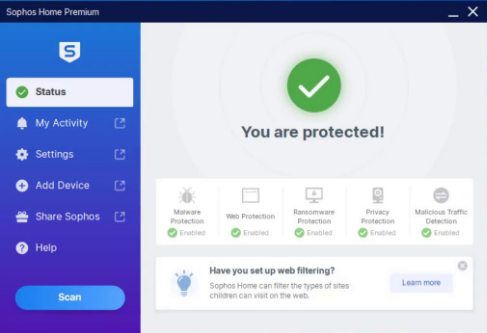
- Select the Settings icon, found in the top-right corner of the application’s interface.
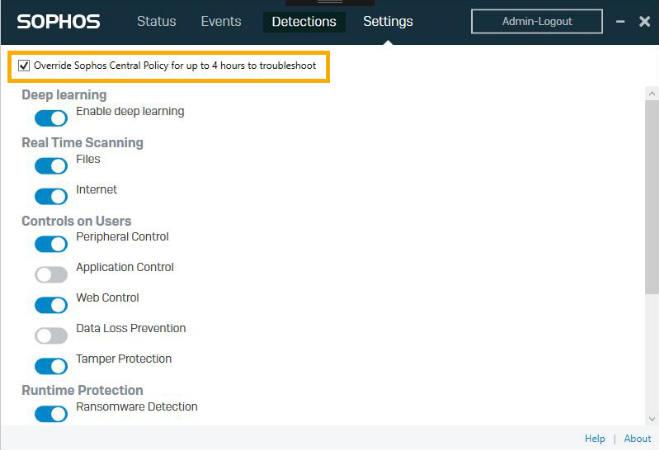
- Within the antivirus software, locate the resource management area (if it exists). Here, provide only the essential permissions to the Icmon.exe process to ensure it operates with sufficient resources.
2. Update the Application
- Double-click the Sophos icon in the system tray to access the Sophos Endpoint program.

- Proceed to the About section to check the last update timestamp and select the Update Now button if updates are needed.
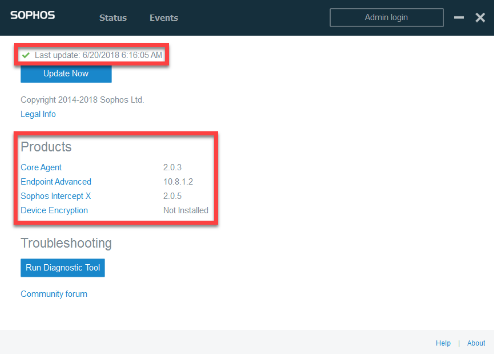
- To examine the versions of the installed components, use the Run Diagnostic Tool and click on Installed Components.
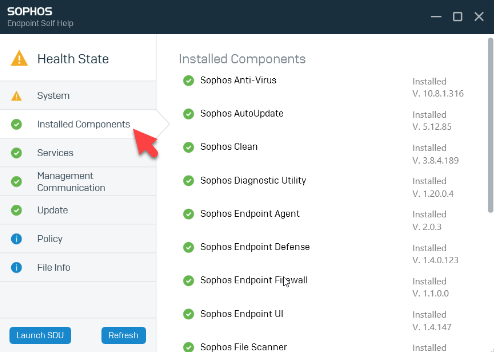
3. Identify the Malfunctioning Component
Although Sophos doesn’t have a direct repair feature, identifying components causing problems is possible by closely observing the software and your system’s behavior.
- Select the Devices tab within the Sophos Application interface.

- Monitor for alerts or warnings in the computer section related to specific components.
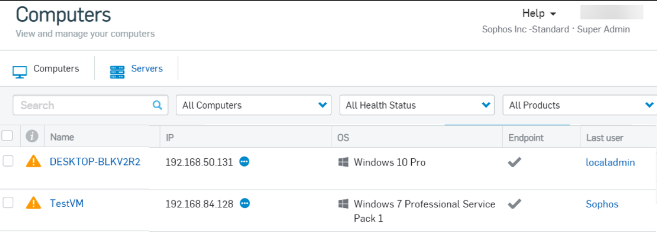
- Utilize the Sophos Account Health Check feature to pinpoint any issues.
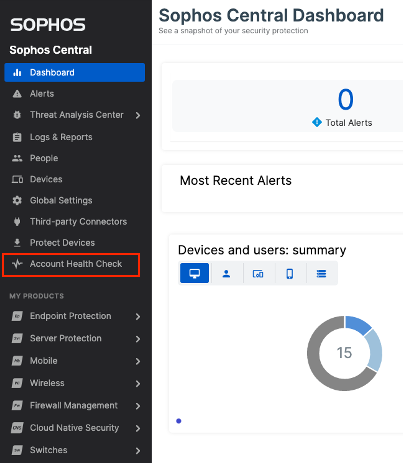
4. Uninstall Sophos (If Necessary)
If you need to remove Sophos from your system, make use of the uninstallation feature in Apps & Features. Sophos offers its own uninstaller, but if complications arise, you might consider employing a trusted third-party uninstaller.
- Click the Start menu and select the Settings gear icon located at the bottom-left corner.

- In the Settings menu, navigate to the Apps category.

- Search for the Sophos App in the list, if necessary. Click on it to reveal the uninstall option, and press it to initiate the uninstallation process.

5. Run A Malware Scan
If Sophos Antivirus is not installed and you encounter the icom.exe file, there is a possibility it could be malware disguised as a legitimate process. Ensure the authenticity of the file or carry out a malware scan employing a credible antivirus to reduce any risks.
- Press Windows + S to access the Search functionality.
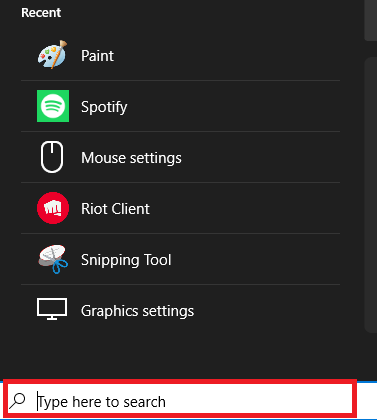
- Type in Windows Security and hit Enter, then open the resulting Windows Security Section.

- Select Virus and Threat Protection to access the associated settings.

- Choose the Scan Now option from the menu.
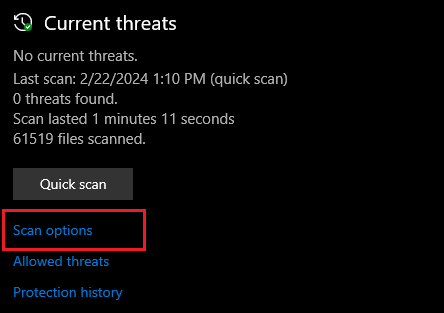
- Opt for Full Scan and then click the Scan Now button within the Windows Security Application initiating a thorough system scan.
